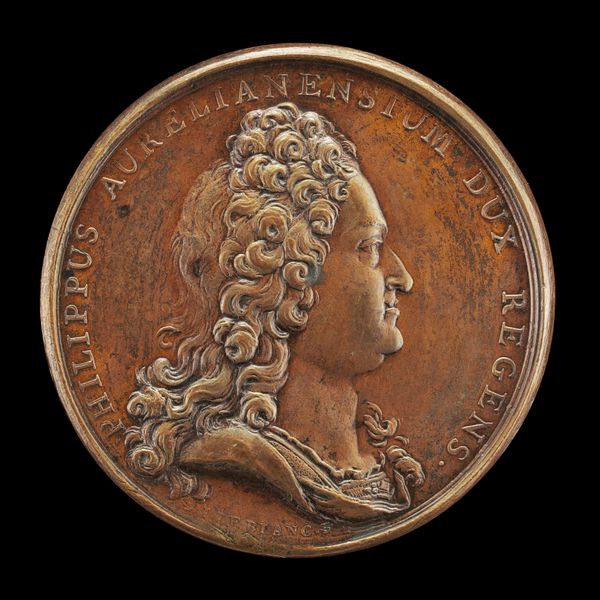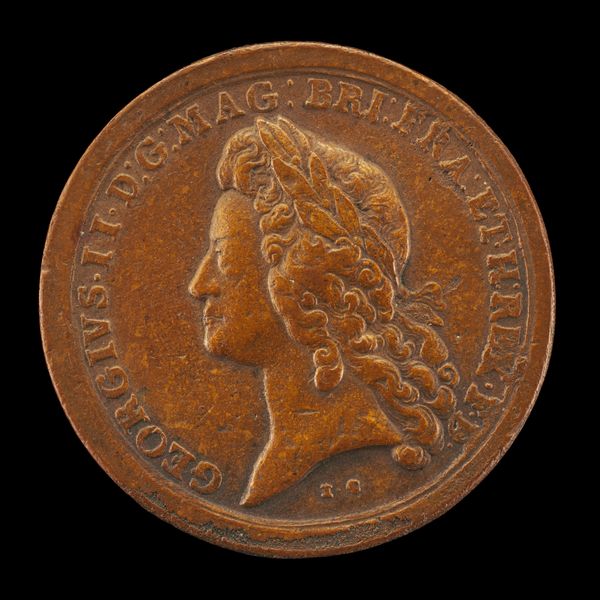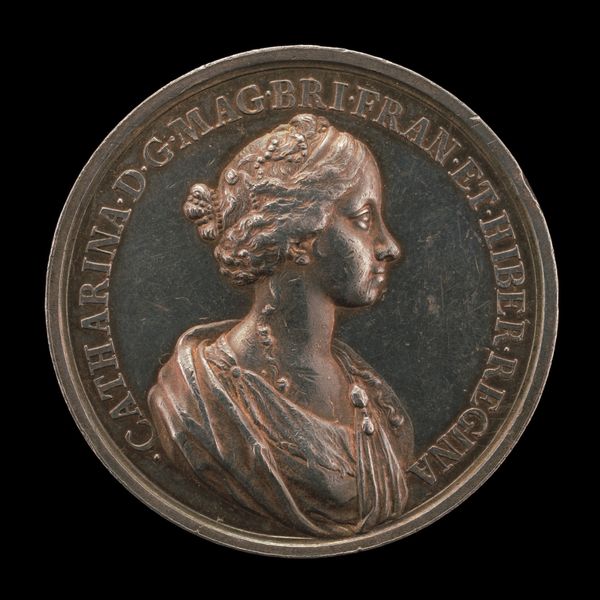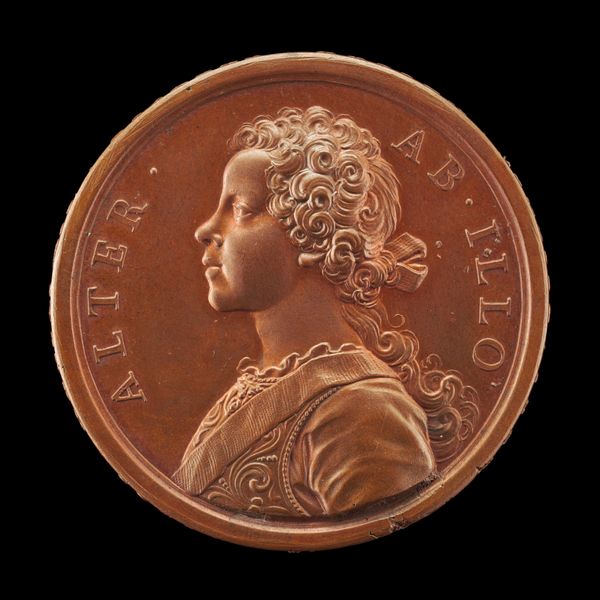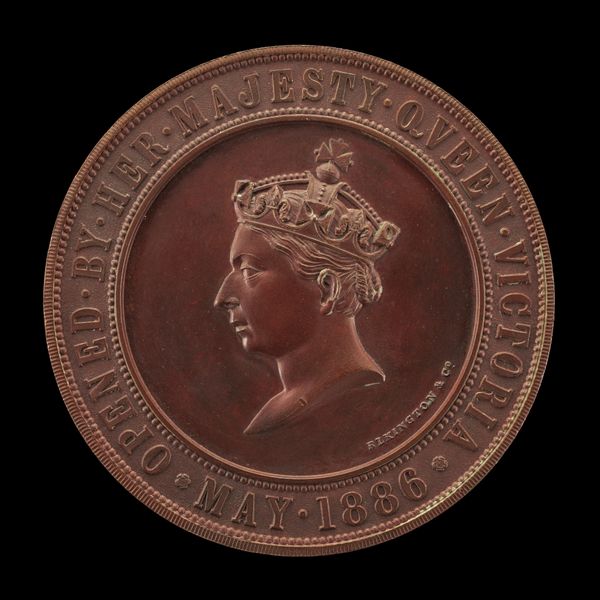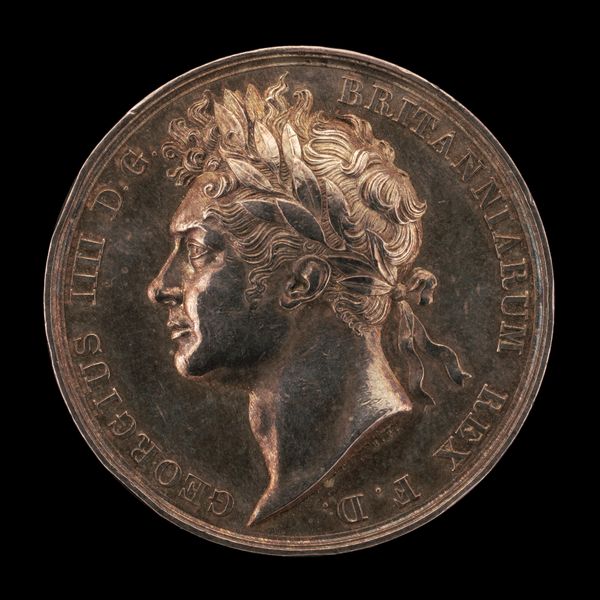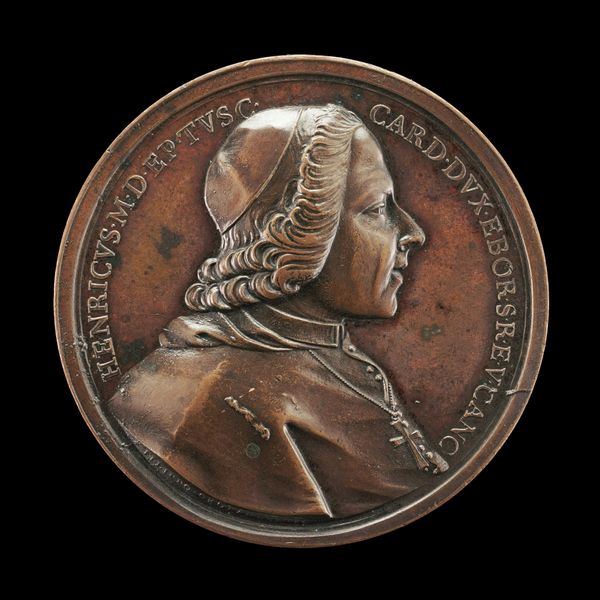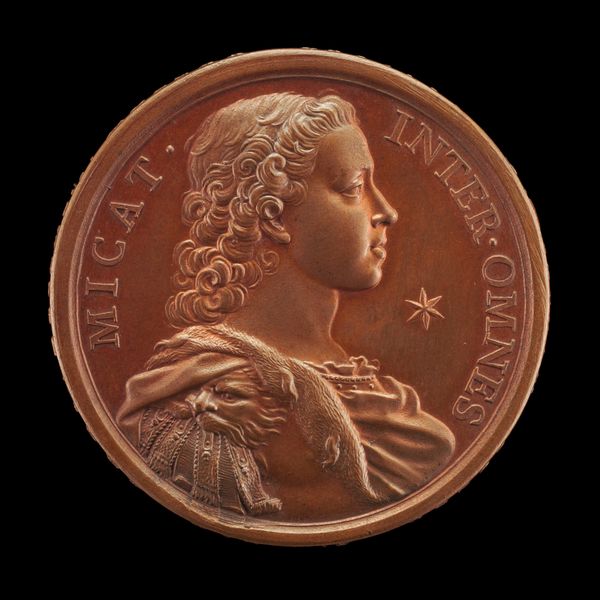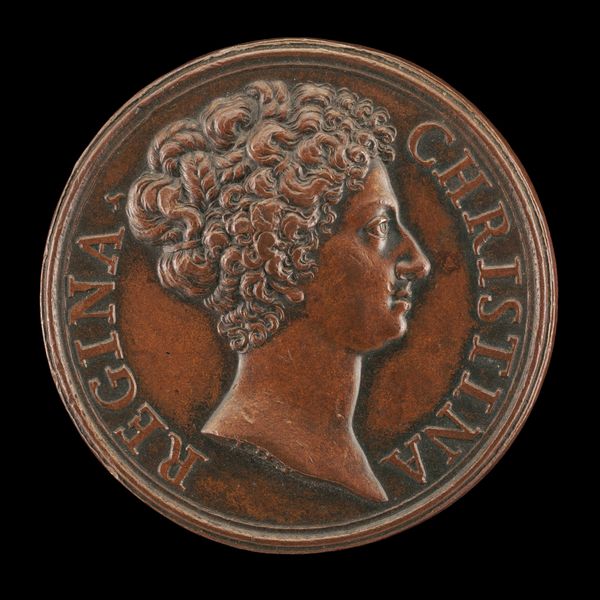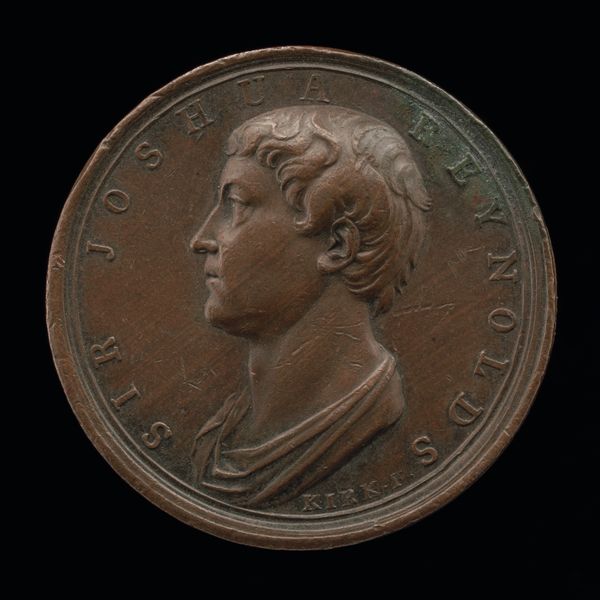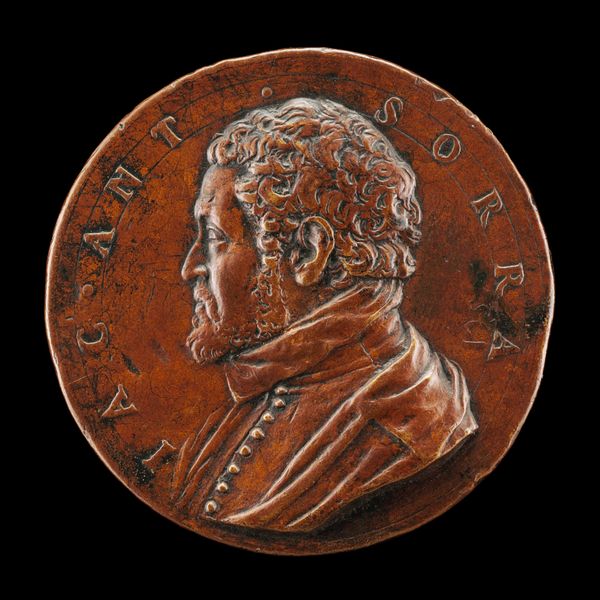![Commemoration of Marie-Antoinette: Louis XVI and Marie-Antoinette [obverse] by Conrad Heinrich Küchler](/_next/image?url=https%3A%2F%2Fd2w8kbdekdi1gv.cloudfront.net%2FeyJidWNrZXQiOiAiYXJ0ZXJhLWltYWdlcy1idWNrZXQiLCAia2V5IjogImFydHdvcmtzLzEzZDRiNWY2LWFmZGYtNDlmMy1hMDA5LTc3ZWYyNDdkMTk0Ny8xM2Q0YjVmNi1hZmRmLTQ5ZjMtYTAwOS03N2VmMjQ3ZDE5NDdfZnVsbC5qcGciLCAiZWRpdHMiOiB7InJlc2l6ZSI6IHsid2lkdGgiOiAxOTIwLCAiaGVpZ2h0IjogMTkyMCwgImZpdCI6ICJpbnNpZGUifX19&w=3840&q=75)
Commemoration of Marie-Antoinette: Louis XVI and Marie-Antoinette [obverse] 1793
0:00
0:00
bronze, sculpture
#
portrait
#
medal
#
neoclacissism
#
sculpture
#
bronze
#
sculpture
#
history-painting
Dimensions: overall (diameter): 4.8 cm (1 7/8 in.) gross weight: 44.18 gr (0.097 lb.) axis: 12:00
Copyright: National Gallery of Art: CC0 1.0
Editor: Here we have the bronze sculpture, "Commemoration of Marie-Antoinette: Louis XVI and Marie-Antoinette," created in 1793 by Conrad Heinrich Küchler. It's quite a solemn piece. What stands out to me is the double portrait in profile. What's your take on this work? Curator: It's interesting to consider this medal not just as a portrait but as a piece of propaganda, even historical revisionism. Created after their executions, it idealizes Louis XVI and Marie Antoinette, subtly countering the radical narrative of the French Revolution. Editor: So, it's more than just a commemoration? Curator: Precisely. Look at the inscription. Consider what "Fati Iniqui" – unjust fate – implies. It casts them as victims of circumstance, deliberately obscuring the complex social and political factors that led to their downfall. Do you see the subtle attempt to restore their image through the lens of tragedy? Editor: I see what you mean. The portraits themselves are quite stoic and regal, almost divorced from the chaos of the Revolution. How would this piece have been received at the time, given the political climate? Curator: Its reception would have been deeply divided. For royalists, it would serve as a cherished memento and a symbol of defiance. For republicans, it might have been seen as an affront to the ideals of the revolution, a dangerous attempt to rewrite history. It's fascinating how a small object can become such a potent political statement. Editor: It’s really eye-opening to consider how context and purpose change our perception of a work of art. This isn’t just a portrait; it’s an active participant in a historical conversation. Curator: Indeed. It reminds us that art is rarely neutral. It often reflects and shapes the socio-political landscape it inhabits.
Comments
No comments
Be the first to comment and join the conversation on the ultimate creative platform.
